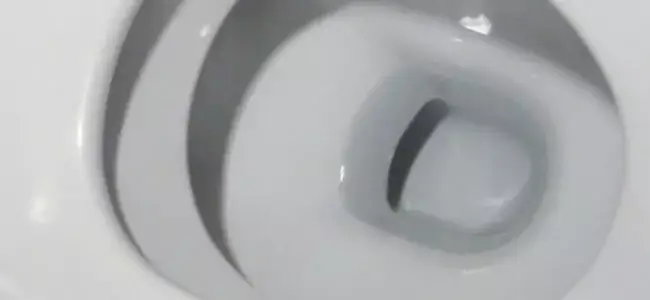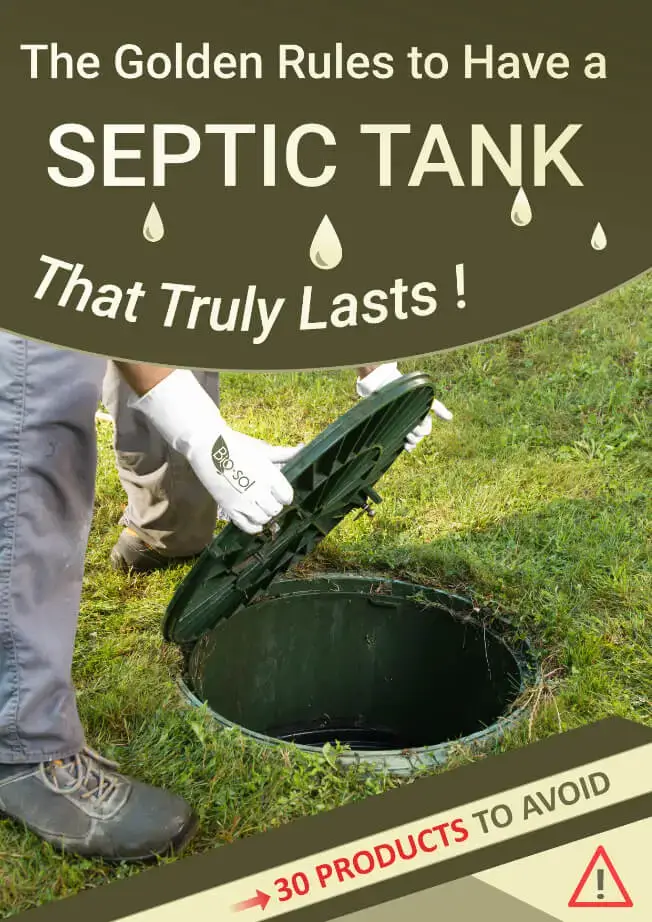How to properly wash your septic tank filter

TABLE OF CONTENTS
In an ideal scenario, only wastewater from the tank should drain into the drain field. But it is possible for the wastewater to carry other unwanted waste like hair, solid waste, and grit into the drain field. When such debris gets into the leach field, it causes blockages and pollution. This underscores the importance of a septic tank filter. The septic tank filter is typically located in the baffle of the septic tank and it helps to filter out any suspended solids from the wastewater before it goes into the drain field. Just like your septic system in general, the septic tank filter also needs regular maintenance. Failure to clean the filter regularly can result in serious clogging and other related problems. Even though the septic tank filter can function for years without the need for replacement, it is a good idea to inspect twice a year (before and after winter) just to be sure it is ok. As a bare minimum, the filter should be cleaned every time the tank is pumped.
Steps to follow when cleaning the septic tank filter
Before you start cleaning the filter, make sure you have dressed in full-length pants and shirt, safety goggles, gloves, and boots. You can then go ahead and clean the filter by following these steps;
- Start by removing the access lid to the septic tank. this shouldn’t be too complicated if the access lid is above ground. If it is buried, you might have to locate it first. Here is a link to an article that explains exactly how you can locate your septic tank.
- Once you have removed the access lid, you can go ahead and remove the filter cartridge. Make sure to hold the filter over the first manhole (because this is where the organic waste is treated) so that any effluent from the filter will run back into the septic tank. If you drain it in the wrong manhole, untreated wastewater might go into the drain field.
- While still holding the cartridge over the open port of the septic tank, spray the cartridge with a water hose in order to remove any material that may be sticking on it.
- Some of the filters have an alarm that activates when the filter is need of cleaning. If you have such a filter, check to ensure it is working properly. You can do this by lifting the float switch to sound the alarm.
- Inspect the modulating orifices and the vent hole to ensure there is no debris stuck in there. If you find any debris, spray it away with the hose
- Replace the cartridge by placing it firmly into the saddle holes and then clean any spillages around the area.
- Close the septic tank lid
- Change your clothes right away and then wash and sanitize your hands.
TIP: record the date of inspection and any other important notes in a maintenance book/file which you can refer to in the future.
Keeping the septic tank clean
When you keep the septic tank clean, you will have fewer problems with the septic tank filter. The first rule in keeping the septic tank clean is watching what you send down the drain. Any products that are not biodegradable should be thrown in the trash and not flushed in the toilet. That includes products that are often mistaken for biodegradable like baby wipes, cotton buds, cigarette butts, etc. This also applies to chemicals and other toxic substances.
It is also important to stick to the recommended septic tank pumping schedule. How often you are required to pump the tank will depend on your jurisdiction. Do not assume that you can skip the pumping just because the septic tank doesn’t show any signs that it is full. It is always better to be safe than to be sorry.
Using biological additives can also help to keep the septic tank clean. When you add these additives into the tank, they introduce billions of bacteria into the system. These bacteria will help in the digestion of organic waste in the septic tank. The septic tank typically has bacteria added every time you flush the toilet but since the average home uses substances that can harm the bacteria, it is beneficial to replenish the bacteria every now and then by adding biological additives. This will help to keep the septic tank and by extension the septic tank filter clean.
Conclusion
As a rule of thumb, you should always clean the septic tank filter when doing your routine pumping. But since this will typically be after a couple of years, you should inspect the filter twice a year – just before winter and right after winter. It is best to use a filter that has an alarm. This alarm is programmed to go off whenever the filter is need of cleaning. If you clean the filter regularly and take good care of it, it should serve you for years without any issues.
OUR LATEST BLOG POSTS

Strange facts about septic systems
If you are a septic system owner, you might have heard all manner of myths. For instance, there is a common myth that throwing a dead cat in the septic tank can help rejuvenate bacteria and thereby make the septic tank more effective. But is this even true? In this article, we will not only answer that […]

Soils types and their impact on septic systems
SOILS TYPES AND THEIR IMPACT ON SEPTIC SYSTEMS However good your septic system is, it depends on the right soil type to complete the process of purifying the wastewater from your home. The soil type in the drainfield area will determine how well the effluent is filtered and if the water that is sent back to the […]

Avoid flushing these if you have a septic tank
Most homeowners wrongfully assume that their toilet can serve as some sort of garbage disposal. As a result, they end up flushing all manner of things in the toilets. Some of the things that are flushed down the toilet are actually innocent mistakes because homeowners think that is the right way to dispose of the products while in other cases, it is just a don’t care attitude. Whichever the case may be, flushing some of these things can result in septic system failure and it could cost you a fortune. We have rounded up some of the commonly-flushed products that you should never flush if you have a septic system.
PERFECT! I WOULD NEED...
Discover which products are the best for your needs!You can contact us at 1-800-378-6132 (toll free) or click on the following button to access our free online evaluation.
GET A QUOTE ONLINELog in to your account
Whoops! It happens sometimes...
CREATE A NEW ACCOUNT
CONGRATS!
You are now registered and ready to go. You can add and change any of your information on your client profile.
Unfortunately, we do not ship our products to the USA at the moment.
But, if you live in the United States and would like to order them, please fill in the form below. You will then be notified as soon as they are available in your country.
Thank you for your understanding!
Malheureusement, nous n’expédions pas nos produits en France pour le moment.
Mais, si vous êtes résident français et aimeriez les commander, remplissez s’il vous plaît le formulaire ci-dessous. Nous pourrons ainsi vous aviser aussitôt qu’ils seront disponibles dans votre pays.
Merci de votre compréhension!

-
30 products to avoid
-
What to replace them with
-
And everything you should know about your septic system
DOWNLOAD THIS FREE EBOOK!
Which email address should we send it to?


